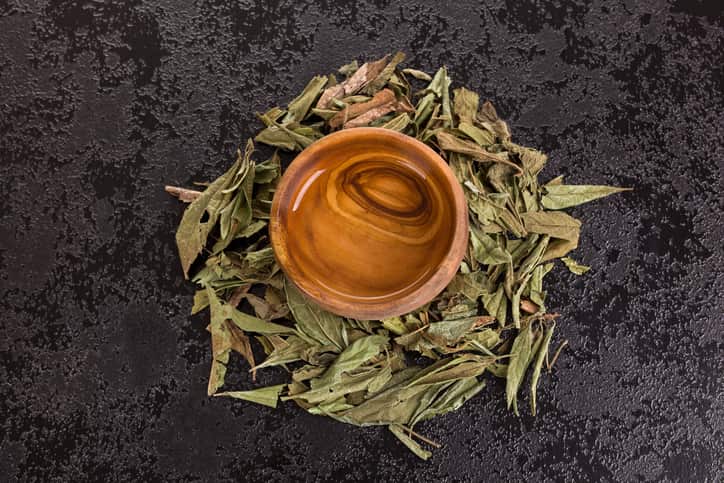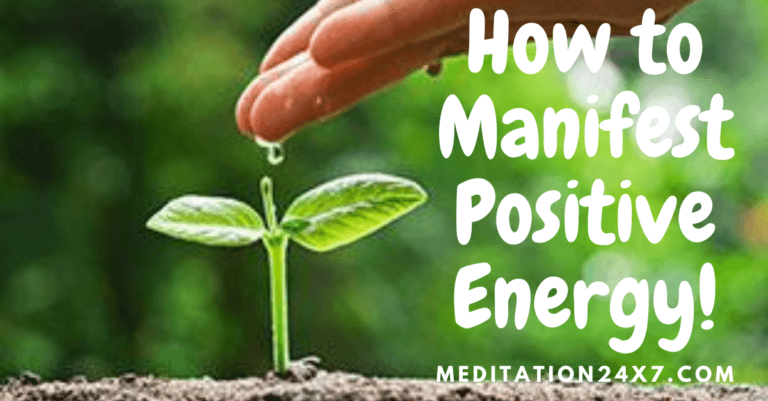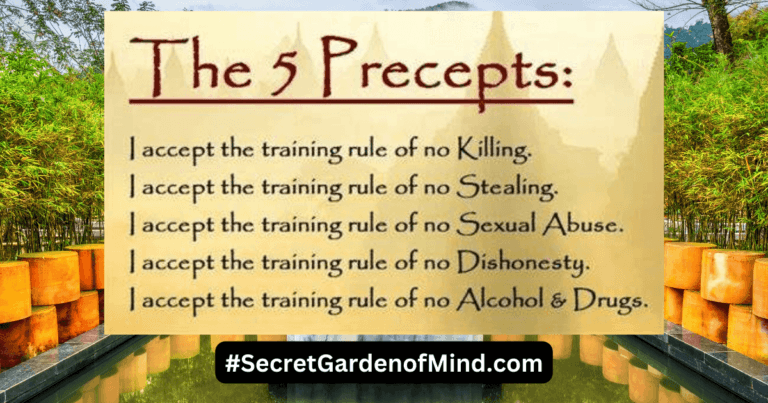⭐ How to Unlock Your Intuition Through Meditation (Beginner-Friendly Guide)
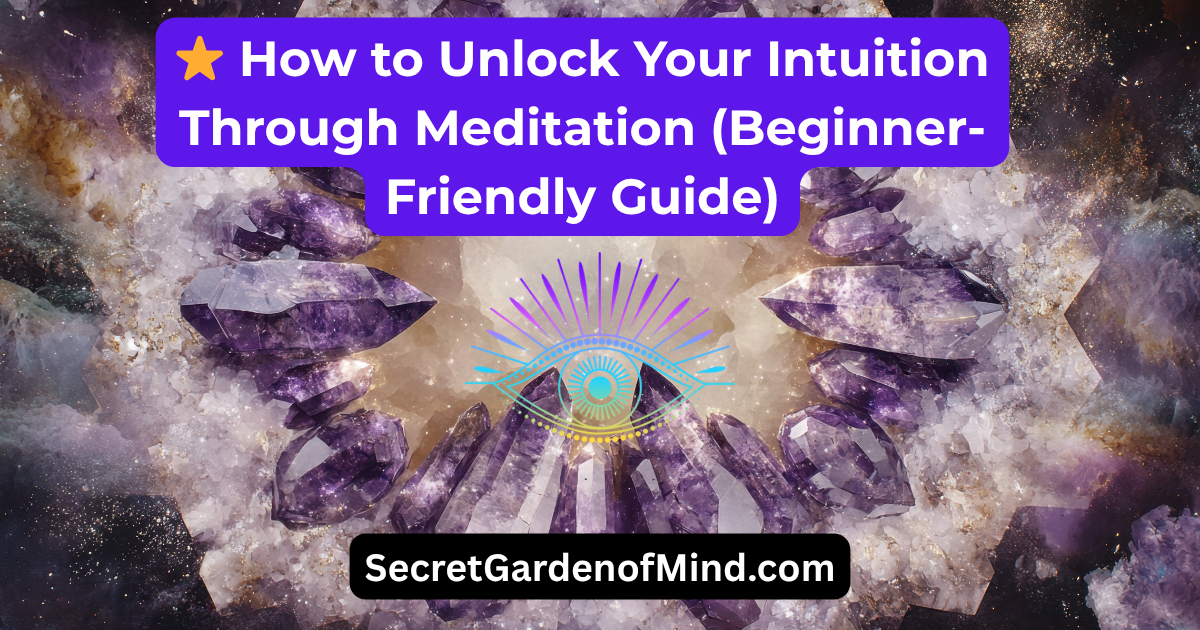
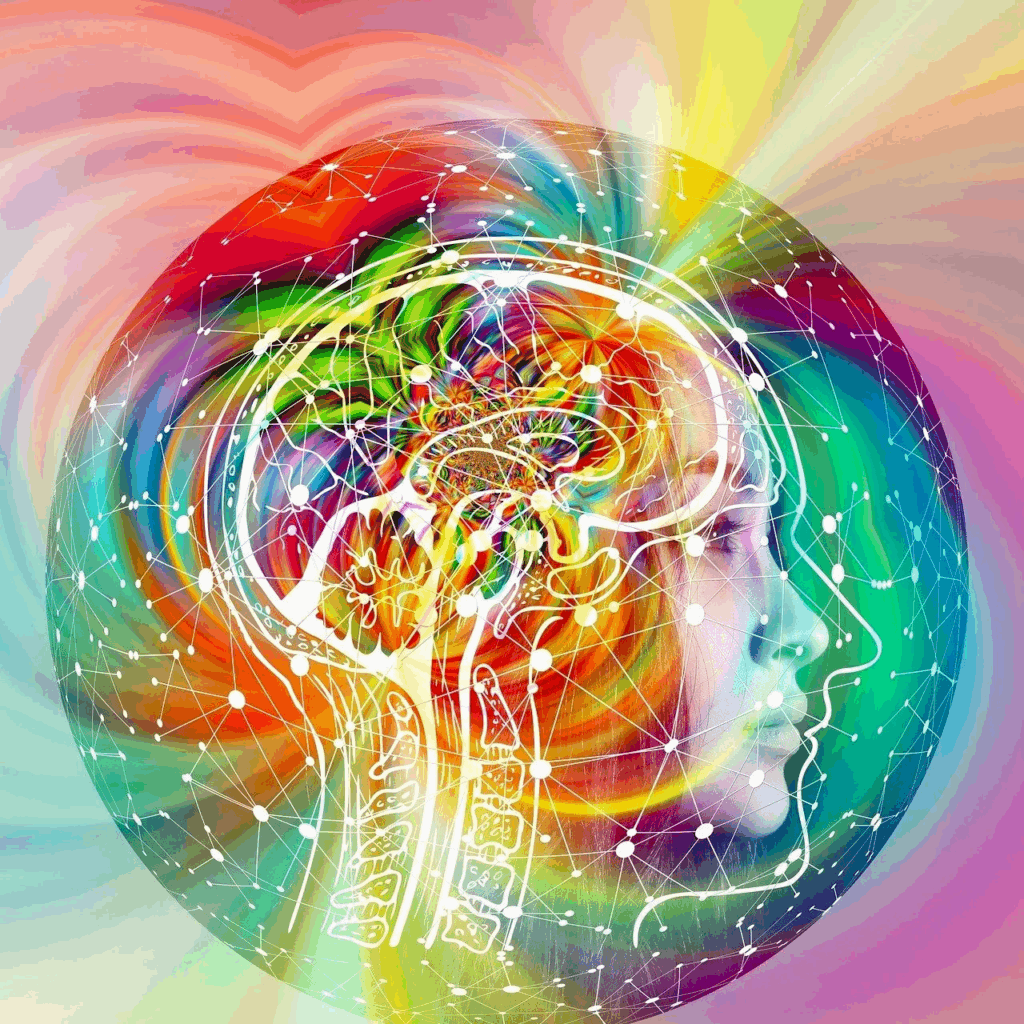
Intuition is like that mysterious friend who always has your back — the one whispering, “This feels right,” even when you can’t explain why. Learning how to unlock your intuition through meditation can help you strengthen that inner guidance, bringing more clarity, creativity, and confidence into your daily life.
You’ve felt it before — choosing a path that just felt right, or meeting someone and instantly sensing you could trust them. That’s intuition doing its quiet, brilliant work.
But here’s the good news: intuition isn’t some mystical gift reserved for a few. It’s something you can train and strengthen — and one of the most powerful ways to do it is through meditation.
- Want to strengthen your intuition and trust your inner guidance? Meditation helps quiet mental noise and tune into your subconscious awareness — the place where intuition lives. With consistent practice, you can boost clarity, creativity, and decision-making by learning to listen to your inner voice with calm and confidence.
🌙 What Is Intuition, Really?

Let’s clear something up first — intuition isn’t quite the same as instinct or gut reaction.
- Instinct is primal; it’s your built-in survival mechanism (think: fight or flight).
- Intuition is more like an inner compass. It’s subtle, wise, and comes from a deeper understanding that bypasses conscious reasoning.
Science suggests that intuition happens when your brain processes vast amounts of information below the surface — connecting dots faster than your conscious mind can.
Spiritually, it’s often seen as tuning into higher knowledge or universal energy.
No matter which perspective you lean toward, both science and spirituality agree: intuition is real, and learning to recognize it can be life-changing.
The Art of Meditation: Setting the Foundation
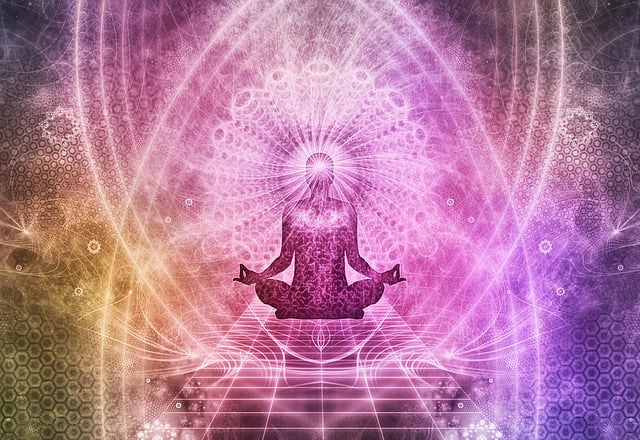
Meditation has been around for thousands of years, helping people find inner calm and clarity. From ancient monks to modern mindfulness practitioners, it’s all about quieting the noise so you can listen inward — the perfect setup for strengthening intuition.
There are many ways to meditate:
- Mindfulness meditation keeps you grounded in the present moment.
- Transcendental meditation uses mantras to quiet the mind.
- Loving-kindness meditation focuses on compassion and sending out positive energy.
And science backs this up! Meditation actually changes the brain. It strengthens the prefrontal cortex (responsible for focus and decision-making) and boosts the hippocampus (linked to learning and memory).
Basically, meditation helps you tune in more clearly to your inner signals — including intuition.
And the perks? Less stress, more creativity, and sharper insight — all key ingredients for living a more intuitive, balanced life.
🔬 The Science Behind Intuition and Meditation
While intuition can sound mystical, science has plenty to say about how it works — especially when it comes to meditation.
Research from the University of Leeds suggests that intuition is the result of the brain’s ability to process information rapidly beneath conscious awareness (Hodgkinson et al., 2008). Your subconscious gathers and interprets subtle cues from the environment long before your logical mind catches up.
Meditation enhances this process by strengthening neural pathways linked to awareness and decision-making. Studies using MRI scans show that consistent meditation increases grey matter in the prefrontal cortex and anterior cingulate cortex — regions associated with focus, insight, and emotional regulation (Lazar et al., 2005; Tang et al., 2015).
So when you meditate, you’re not just relaxing — you’re literally rewiring your brain to become more attuned to intuitive signals.
🌌 Practices to Awaken Your Intuition Through Meditation

If you’re ready to tap into your intuitive power, here are some meditation practices that can help open that inner channel of wisdom.
- Guided Meditation for Inner Guidance
If you’re new to meditation, guided sessions are like training wheels for your mind. Try visualizing an image or a scenario — then notice what emotions, colours, or ideas come up. Let your intuition fill in the blanks.
- Focused Breathing
Simple but powerful. With every exhale, release daily clutter; with every inhale, invite clarity. Over time, you’ll notice intuitive nudges slipping through the quiet.
- Journaling After Meditation
Keep a notebook handy. Write down thoughts, sensations, or images that arise post-meditation — even the random ones. Patterns will start to emerge, revealing your intuitive language.
- Daily Micro-Moments
You don’t have to meditate for hours. Spend a few minutes in silence each morning, or reflect on your dreams. Small, consistent moments of stillness keep your intuitive muscle active.
💡 Pro Tip: Be patient. Intuitive awareness grows with practice. If your mind wanders or you doubt yourself, gently bring your focus back — that’s part of the training.
Common Blocks That Silence Your Intuition (and How Meditation Clears Them)
Even the strongest intuitive abilities get buried under stress, overthinking, and noise from the outside world. Here are the most common blocks that prevent people from hearing their inner guidance:
• Mental Overactivity – Constant thinking drowns out intuitive signals. Meditation slows the mental chatter so subtle insights can surface.
• Chronic Stress – High cortisol disrupts inner awareness. Breath-based meditation activates calm and reconnects you with body signals.
• Emotional Clutter – Unprocessed emotions distort intuition. Loving-kindness meditation is a powerful way to soften emotional tension.
• Disconnection From the Body – Intuition often shows up through sensations. Body-scan meditation strengthens this mind-body bridge.
• External Noise (phones, people, stimulation) – Meditation creates the inner silence needed for intuitive clarity.
🌿 Integrating Intuition Into Daily Life
Once you start meditating regularly, you’ll find your intuition becoming more reliable and clear. It’s like having an internal adviser who quietly guides your choices.
Start small. Trust your intuition with low-stakes decisions — what to cook, which route to take, or which project to tackle first. Notice how it feels when the choice aligns with you.
Intuition also shines in creative and professional settings. Many successful entrepreneurs, artists, and innovators credit their greatest breakthroughs to “just knowing” what to do next.
By blending intuitive insight with logical reasoning, your decisions become more balanced, authentic, and fulfilling. You’ll find yourself moving through life with more confidence — and less overthinking.
🌠 The Takeaway: Listening Within
Meditation is more than a relaxation tool — it’s a bridge to your deepest wisdom. When you learn to quiet your mind and listen within, you unlock a source of clarity that’s been there all along.
So take a deep breath, close your eyes, and start tuning in. Your intuition has been waiting for you.
Conclusion: Listening to the Quiet Voice Within
Unlocking your intuition through meditation isn’t about gaining supernatural abilities — it’s about clearing away the noise so you can finally hear the wisdom that’s already inside you. When you sit in stillness, tune into your breath, and reconnect with your subtle inner signals, you begin to rebuild trust with your deeper self.
Over time, intuitive nudges become brighter, clearer, and easier to follow.
Whether you use body-scan meditation, third-eye visualisation, or simple breath awareness, each practice helps you strengthen that inner voice one day at a time. Stay consistent, stay curious, and let your intuition become a natural guide in your decisions, creativity, relationships, and daily life.
Your inner teacher has always been there — meditation simply hands you the key.
📚 References
- Hodgkinson, G. P., Langan-Fox, J., & Sadler-Smith, E. (2008). Intuition: A Fundamental Bridging Construct in the Behavioural Sciences. British Journal of Psychology, 99(1), 1–27.
- Lazar, S. W., et al. (2005). Meditation experience is associated with increased cortical thickness. NeuroReport, 16(17), 1893–1897.
- Tang, Y.-Y., Hölzel, B. K., & Posner, M. I. (2015). The neuroscience of mindfulness meditation. Nature Reviews Neuroscience, 16(4), 213–225.
- McCraty, R., & Childre, D. (2010). Coherence: Bridging Personal, Social, and Global Health. HeartMath Research Center, California.
1. Can meditation really help you unlock your intuition?
Yes. Meditation helps quiet mental chatter, reduce stress, and increase awareness of subtle thoughts and sensations. This creates the inner stillness needed for intuitive insights to surface more clearly.
2. How long does it take to strengthen intuition through meditation?
It varies from person to person, but many people start noticing small intuitive improvements within 1–2 weeks of consistent practice. A daily 5–10 minute routine is enough to start building momentum.
3. Do I need to open my “third eye” to develop intuition?
Not at all. Third-eye meditation is one method, but intuition can grow simply through mindfulness practices like breath awareness, body scanning, and journaling. Think of the “third eye” as a symbolic way of describing deeper clarity—not a requirement.
4. Why does journaling help intuitive development?
Intuitive impressions are subtle and easy to forget. Journaling helps capture them while they’re fresh, and over time you’ll start noticing patterns, synchronicities, and accurate inner nudges you might otherwise dismiss.
5. What’s the biggest block to intuition?
Overthinking. When the mind is constantly analyzing, worrying, or predicting outcomes, intuitive signals get drowned out. This is why meditation is so effective—it creates mental space so your inner guidance can be heard.
6. Can meditation ever make intuition too strong?
Intuition becoming “too strong” is rare. What can happen is people misunderstand anxiety or fear as intuition. Pairing meditation with grounding practices (deep breathing, walking, journaling) helps keep your intuition clear and balanced.
7. Are intuitive messages always accurate?
No. Intuition is a helpful guide, but it shouldn’t replace rational thinking—especially for big decisions. The strongest choices come from a balance of intuition, logic, and emotional awareness.
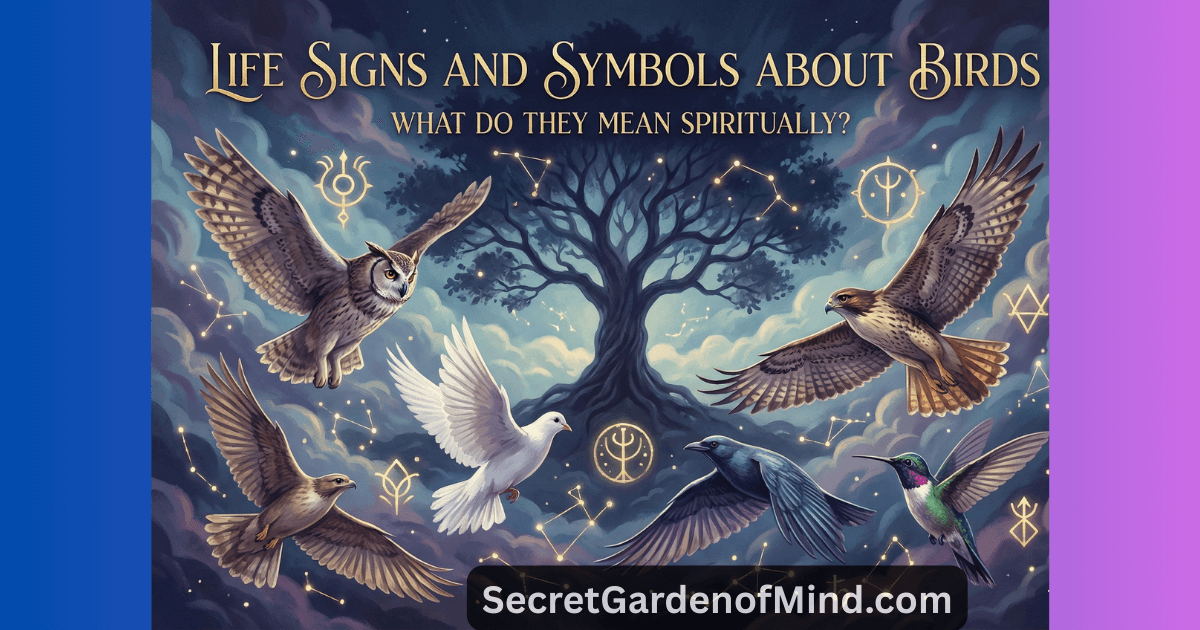


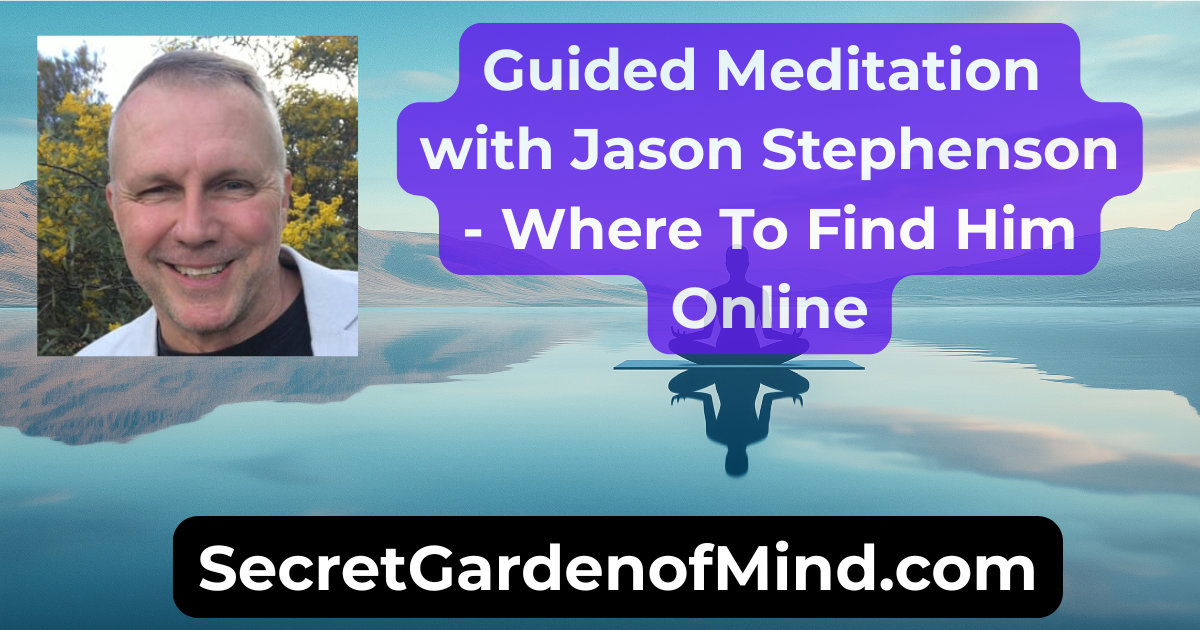
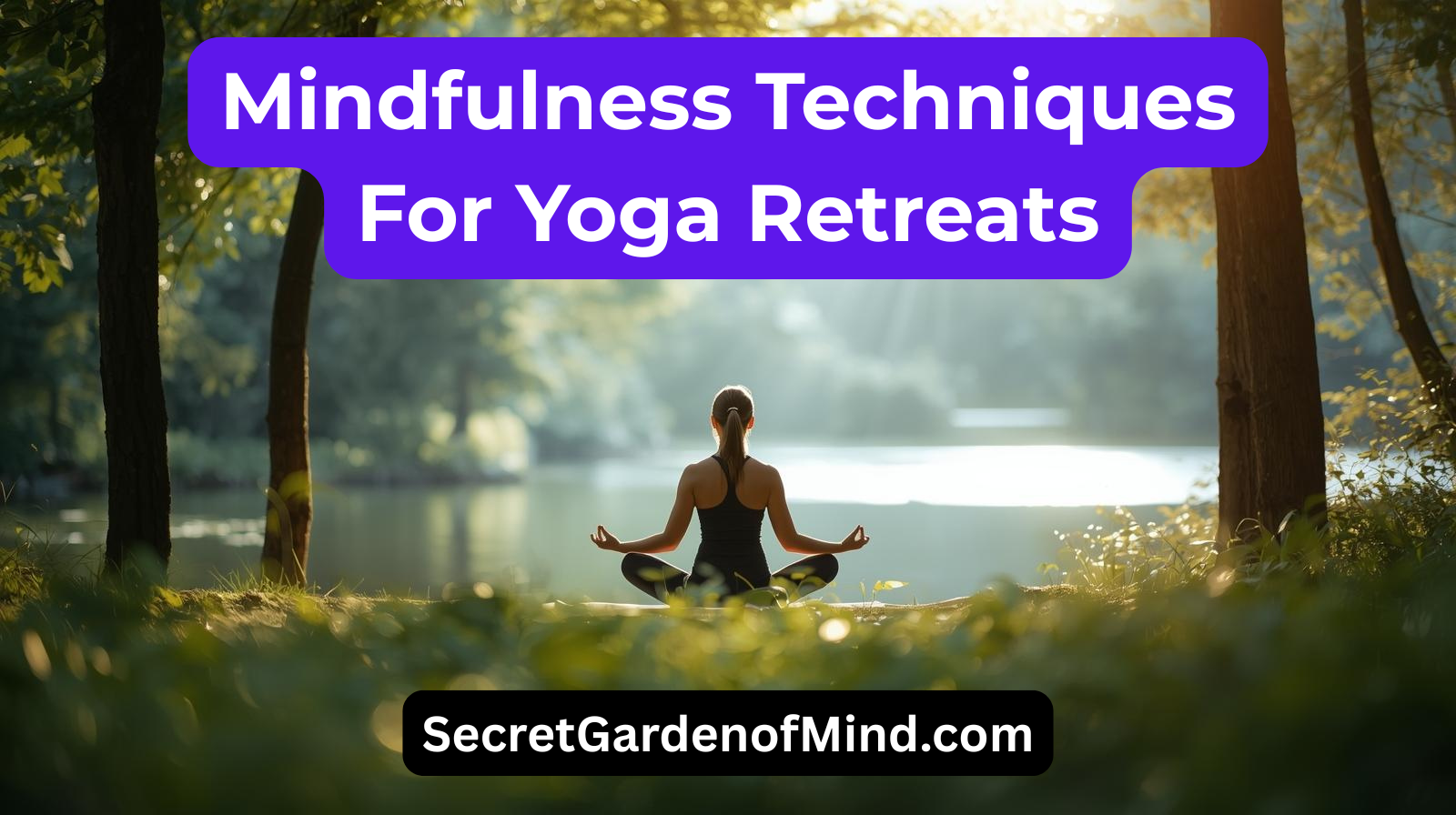
alzheimer disease therapy amazon bean products bean products bean bags bean products bed pillows bean products bolster bean products chicago bean products coupon code bean products decorative accent pillows bean products shredded foam bean products usa bean products yoga Dream Diaries energy healing guided meditation for cancer guided meditation for cancer healing guided meditation for cancer patients how to lucid dream Law of Attraction Light and Sound Machine lucid dream herbs Manifestation Marcus Aurelius Marcus Aurelius Meditations Marcus Aurelius Most Famous Quotes meditation meditation alzheimer meditation alzheimer prevention meditation alzheimers meditation dementia meditation for cancer healing meditation for memory loss meditation memory meditation memory loss mr bean new products pre dementia reiki alzheimer reiki dementia reiki distance healing remote viewing exercises free remote viewing future remote viewing future predictions remote viewing gambling The Source third eye meditation transcendental meditation for cancer

